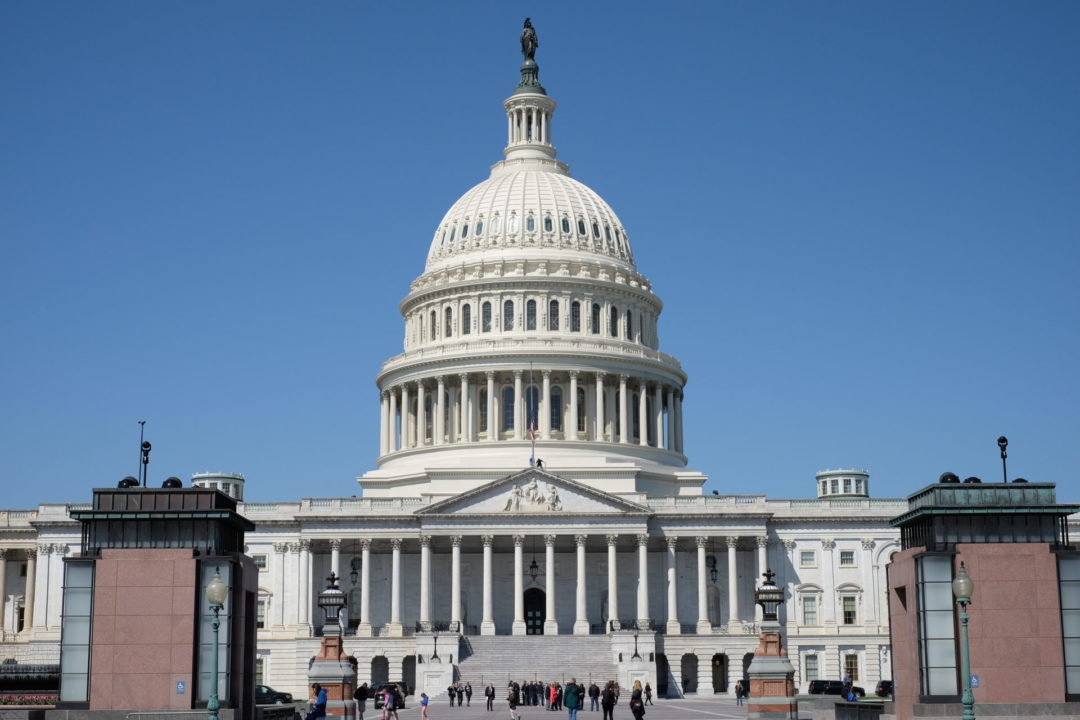
Farm Bill Advances With Hemp Provisions Intact

Senate Majority Leader Mitch McConnell’s measure legalizes hemp as an agricultural commodity by removing it from the federal list of controlled substances. It also gives states the opportunity to become the primary regulators of hemp production, allows hemp researchers to apply for competitive federal grants from the U.S. Department of Agriculture, and makes hemp farmers eligible to apply for crop insurance.
“Last year alone, Kentucky hemp recorded more than $16 million in product sales through the state pilot program I previously secured, demonstrating that hemp holds great potential for the future of Kentucky agriculture,” McConnell said in a statement. “For far too long, the federal government has prevented most farmers from growing hemp. Although it was a foundational part of Kentucky’s heritage and today you can buy hemp products at stores across the country, most American farmers have been barred from planting it in their fields. I have heard from many Kentucky farmers who agree it’s time to remove the federal hurdles and give our state the opportunity to seize its full potential and once again become the national leader for hemp production. That is why I strongly advocated for this measure to be included in the Farm Bill, which will finally and fully legalize industrial hemp.”
Of this $820 million hemp market,Hemp Business Journalestimates that hemp foods constituted 17% ($137 million); personal care products constituted 22% ($181 million); textiles constituted 13% ($105 million); supplements constituted 5% ($45 million); hemp derived cannabidiol or CBD products constituted 23% ($190 million), and consumer textiles constituted 13% ($105 million); industrial applications such as car parts constituted 18% ($144 million); and other consumer products such as paper and construction materials accounted for the remaining 2% ($16 million) of the market.
Related Articles
Related Products

The editorial team at WholeFoods Magazine has decades of experiences reporting on natural products industry news, trends, and more. This national, monthly business-to-business magazine has been published continuously for nearly 40 years (the magazine was founded in 1977, and has been owned by Wainer Finest Communications since 1984). It is the longest-tenured media outlet of its kind in the natural products industry. The editorial focus at WholeFoods Magazine is, and always has been, on informing and educating members of the natural products industry.
*These statements have not been evaluated by the Food and Drug Administration. These products are not intended to diagnose, treat, cure, or prevent any disease.
The Magazine
Information
About Us
NOTE: WholeFoods Magazine is a business-to-business publication. Information on this site should not be considered medical advice or a way to diagnose or treat any disease or illness. Always seek the advice of a medical professional before making lifestyle changes, including taking a dietary supplement. The opinions expressed by contributors and experts quoted in articles are not necessarily those of the publisher or editors of WholeFoods.







